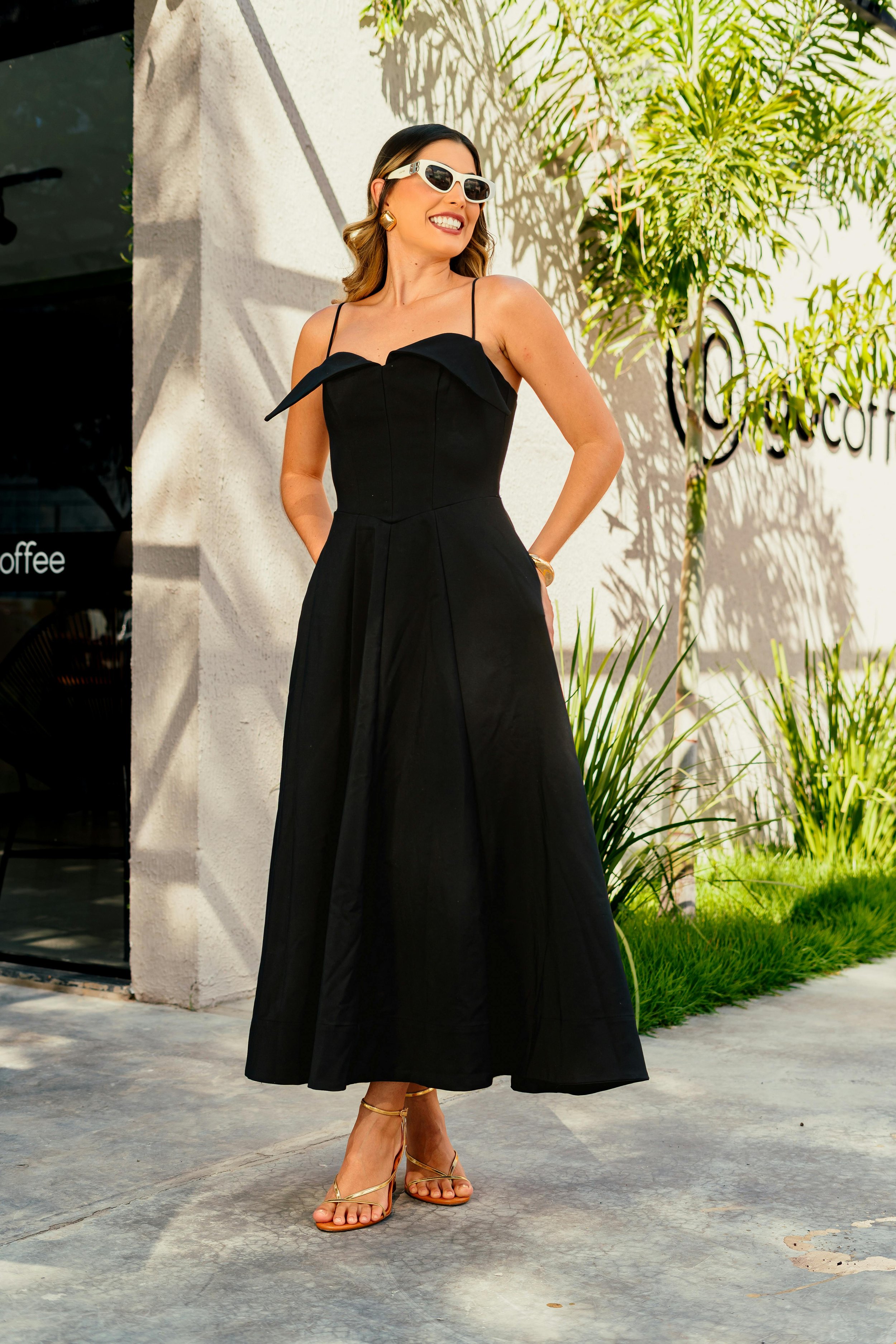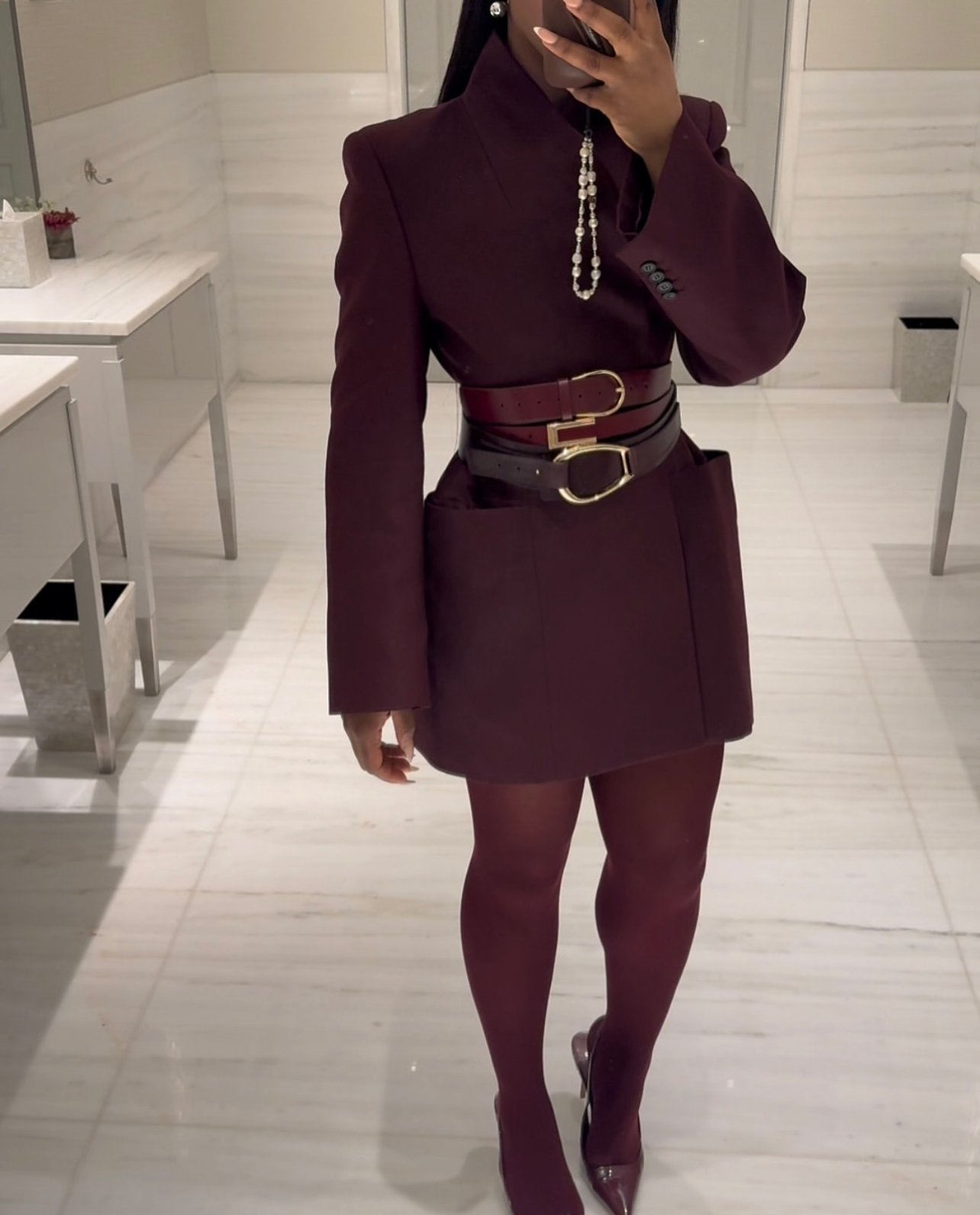Everything You Should Know Before Buying Your Next Bra Online
Let’s face it—shopping for bras can be a real headache. With so many styles and sizes, it’s easy to feel lost. But don’t worry, I’ve got you! The first step to finding the perfect fit is knowing your measurements. Whether you’re looking for something comfy like a t-shirt bra for everyday wear, or a push-up bra to wear with skinny jeans and a date night top, getting the right size is key.
Next, think about your personal style and what’s going on in your wardrobe. Are you the type to throw on a casual tee, or are you more about those sleek high-rise jeans and a lacy bralette? Knowing your personal preference will help narrow down the endless options.
Let’s break down the basics to help you find the right style of jeans—oops, I mean bras (though both are essential, right?).
Understanding Bra Basics
Let’s be real—shopping for bras can feel like a never-ending quest. But once you crack the code of bra basics, it’s game-changing! Understanding your bra’s components (we're talking underwire, straps, and cups) is like knowing the secret recipe to finding the perfect fit.
Bra Components You Need to Know:
Underwire: Keeps everything supported and in place—think of it as the backbone of your bra.
Cups: They’re what hold your breasts and come in all shapes and sizes. It’s all about finding your perfect match.
Band: The part that wraps around your torso—this should fit snug but not too tight. It's doing most of the work, after all!
Straps: These help lift and support the cups; they can be adjustable or fixed.
Closure: Usually hooks in the back, helping you adjust for comfort.
Knowing these terms not only makes you sound like a pro when talking to salespeople, but it also helps when online shopping. You deserve the right bra, no settling!
Types of Bras and Their Purpose
There’s a bra for every occasion and need. Convertible bras provide versatility, allowing you to switch between different strap configurations, making them a good idea for multi-functional use. Underwired bras are designed for added support, while wireless bras focus on comfort. For women with a fuller bust, sexy bras with a supportive design are key.
T-Shirt Bra: Smooth, seamless, and perfect for everyday wear under fitted tops. Think of it as the skinny jeans of bras.
Push-Up Bra: For when you want that extra oomph and cleavage. Great option for special occasions!
Sports Bra: These are your go-tos for workouts, offering maximum support. Much like how you’d never wear stiff jeans to a workout, you need the right bra for physical activities.
Bralette: No wires, no problem. Think of these as the casual, laid-back option—like your favorite cozy sweater.
Strapless Bra: Perfect for off-shoulder tops, this bra stays hidden while giving you the support you need.
Each type serves its own function, so when you're picking a bra, consider your wardrobe staples—just like when you're deciding between wide-leg or straight-leg jeans.
Common Bra Features You Should Look For
When shopping for bras, here’s the tea: knowing the extra features can help you snag the right fit and feel good doing it.
Padding: Whether light or heavy, it adds shape to your silhouette.
Adjustable Straps: Customizing the fit is a must, just like finding the perfect rise on jeans.
Lace & Embroidery: Pretty, yes—but it may not always offer the best support.
Seamless Design: Perfect for a smooth finish under clothes, similar to how dark blue jeans give you that polished look.
Maternity/Nursing Features: For new moms, ease is key with clips that offer convenient access.
Understanding these features ensures that you’re picking bras that match your lifestyle and make you feel as fabulous as you look.
Determining Your Size
Finding the right bra size is essential for comfort and support. Accurate measurements will help you select bras that fit well and feel good. Let’s break down how to measure yourself, understand bra sizes, and ensure you find the right fit.
How to Measure Yourself
To get started, you need a soft measuring tape. First, measure around your ribcage, just under your bust. Make sure the tape is snug but not too tight. This number helps determine your band size.
Next, measure around the fullest part of your bust. You can wear a non-padded bra during this measurement. Take this measurement and round up to the nearest whole number.
Subtract your band measurement from your bust measurement. The difference corresponds to your cup size. For instance:
1 inch = A cup
2 inches = B cup
3 inches = C cup
Understanding Bra Sizes
Bra sizes are displayed as a number followed by a letter (e.g., 34B). The number is your band size, and the letter is your cup size. Band sizes generally range from 30 to 46, while cup sizes expand alphabetically from A to D and beyond.
Finding the Right Fit
When trying on bras, focus on how they feel. Your band should sit level and not ride up your back. If the band is too tight, try a larger size.
The straps should fit comfortably without digging in. You want about two fingers' width of space under the straps. Check the cups: they should fully encase your breasts without overflowing.
Lastly, raise your arms and move around a bit. A well-fitting bra will stay in place. If it shifts, consider a different size or style. Getting the right fit ensures comfort and support throughout the day.
Selecting the Right Bra
Shopping for bras goes beyond just finding the right size; you need to match the bra style to your body type, wardrobe, and comfort needs. Here's how to find the perfect fit that blends support with style.
Matching a Bra to Your Body Type:
Your body shape plays a key role in selecting the ideal bra. Like finding the right pair of jeans, it’s all about what complements your shape.
A & B Cups: Consider push-up bras or padded options for extra volume.
C & D Cups: Go for full-coverage bras that offer support without sacrificing style.
Larger Sizes: Opt for wider straps and supportive bands for better weight distribution, similar to choosing the right rise in jeans for your wide hips or hourglass body type.
Considering Your Wardrobe Needs:
Think about your everyday outfits. Are you reaching for your favorite low-rise jeans and t-shirts, or are you more of a dress-wearing type? Different outfits call for different bras:
Everyday Wear: Stick to versatile options like a T-shirt bra that works under everything.
Activewear: If you're hitting the gym or going for a run, a sports bra is a must for comfort and support.
Special Occasions: Think about a strapless bra for off-shoulder tops, or a lace bralette for a night out.
Choosing the Right Bra Style for Different Occasions
Photo By: elizaveta-mitenkova
Everyday comfort is key, which is why T-shirt bras are a staple in many lingerie drawers. They offer smooth, seamless coverage, making them ideal for fitted tops. If you're active, a sports bra is essential for supporting your breast shape during physical activity.
For special occasions, consider strapless bras or plunge bras. These options are great for off-the-shoulder tops or deep necklines, providing the support you need without visible straps. Each type caters to different sizes and bust shapes, ensuring you can always find the best style for your outfit.
Choosing Comfort Over Style:
While style is always a factor, comfort should be a priority when picking bras. Much like choosing the perfect high-rise jeans for comfort, finding a bra that fits without discomfort is key to long-term wear.
Check the Fit: Your bra band should be snug but not too tight. The straps should stay in place without digging into your shoulders.
Material Matters: Opt for breathable fabrics like cotton or those with a bit of stretch, similar to choosing the right denim blend for flexibility.
Adjustability: Adjustable straps and bands can be game-changers for fit.
Trying on Bras the Right Way
When trying on bras, it's essential to follow some practical steps to ensure a good fit. Start by wearing a well-fitting shirt or tank top to gauge how the bra looks underneath.
Put the bra on: Use the loosest hook at the back. This allows for adjustments as the material stretches.
Adjust: Scoop the breast tissue into the cups and ensure there are no gaps or overflow.
Check the fit: Raise your arms and bend slightly; the bra should stay in place without discomfort.
Make sure the band is horizontal across your back. If it rides up, consider going down a band size.
Photo by Darina Belonogova
Frequently Asked Questions
1. How do I know if I'm wearing the wrong bra size?
Look out for signs like straps digging in, gaps in the cups, or the band riding up. These are common signs of an ill-fitting bra.
2. How often should I replace my bras?
On average, bras should be replaced every 6-12 months, depending on usage and care.
3. What is a T-shirt bra, and why is it a wardrobe staple?
A T-shirt bra provides a smooth finish under fitted clothing and is designed for everyday wear.
4. How do I choose the best bra for my breast shape?
Breast shape varies, so finding the right style depends on whether you need more lift, support, or coverage. Different styles, like plunge or minimizer bras, serve specific needs.
5. Can sports bras be worn daily, or are they only for physical activity?
Sports bras are designed for support during exercise but can be worn daily if you prioritize comfort and additional support.
Disclaimer: This blogpost was originally published April 4, 2023 and was updated September 18, 2024










